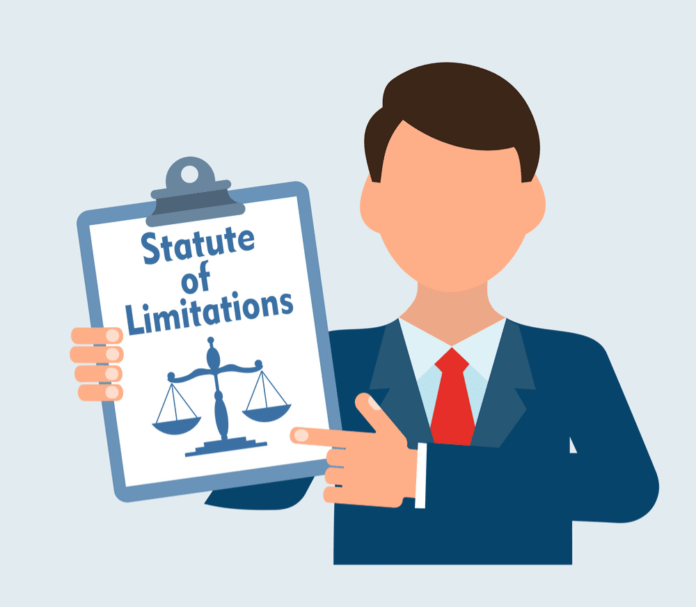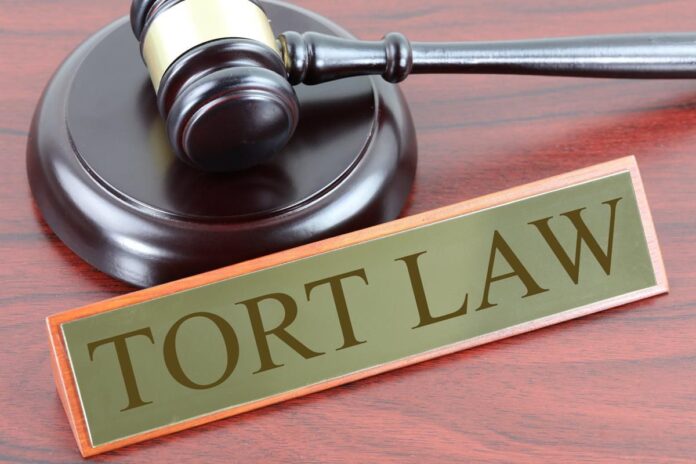Personal injury cases differ somewhat from the usual in Washington, the nation’s capital city. According to legal experts, Washington, D.C. has unusual laws that might leave you confused and willing to give up your fight.
However, hiring an experienced Washington personal injury lawyer helps you make sense of the claims process and district-related litigation. If someone else’s negligence or recklessness hurt you, check bencrump.com for any case involving an auto injury, product defect, medical malpractice, or other personal injuries.
The Statute of Limitations

Each state has its time limit for filing a lawsuit. The statute of limitations in the District of Columbia is generally three years for car accidents, defective product cases, and medical malpractice. The exception is wrongful death cases, which must be filed within one year.
The early Romans recognized medical malpractice cases. Roman law expanded in about 1200 A.D. to the rest of continental Europe. English common law adopted the concept of medical malpractice, and malpractice decisions were recorded in an unbroken line in the Court of Common Law.
There are stricter limits for filing a case against a government employee or agency. You must first file a formal complaint with the government within six months of the cited incident. After meeting this deadline, the usual deadlines for filing your case apply. Damages include three types of compensation: economic, non-economic, and punitive. Economic damages include property damages, loss of income, and injuries that generate medical bills like hospital treatments, rehabilitation, physical therapy, etc.
Non-economic damages are more subjective and include pain and suffering, emotional distress, loss of companionship, and loss of consortium, which is sexual activity. Punitive damages are assessed to punish a person or organization for malicious injuries, willful destruction, and intentional injuries. Punitive damages often run extremely high in medical malpractice cases.
Washington, D.C., No-fault Insurance and Contributory Negligence

Washington, D.C. passed no-fault insurance for paying medical claims. That doesn’t mean that you can’t challenge insurance companies’ limits. It’s especially grim for drivers who are found partly at fault for an accident. In Washington, D.C, one of the few jurisdictions in the U.S. still using contributory negligence vs. comparative negligence, accident victims have some challenges to face when recovering compensation. The contributory negligence doctrine means that any driver who contributes to an auto accident can’t receive compensation. Even the smallest percentage of liability disqualifies you from recovering compensation for property damages or personal injuries.
You can still receive compensation from your own insurance company if the accident was 100% the other driver’s fault. Few states enforce the shared fault rule to deny coverage, but D.C. drivers must follow the law. Drivers can only pursue damages if they share fault for the accident in the following situations:
- Permanent and extensive scarring and disfigurement
- The impairment that makes it impossible to perform normal daily activities
- The demonstrable impairment that prevents doing daily activities for at least 180 days
- Medical bills that exceed all coverage limits
Once any lawsuit is filed, the defendant must secure the case based on the plaintiff’s negligence claims while demonstrating that no duty of care breaches occurred.
Product Defect Injuries

According to research published in Epidemiologic Reviews, products can be designed to prevent injury. However, when people get hurt by the same defective product, they can band together and file a class-action lawsuit against the manufacturer. Having multiple plaintiffs increases the likelihood of winning compensation and increases the available compensation beyond strict insurance policy limits. Defective products can also stand alone as compensable causes of personal injuries.
Product safety rules apply at all levels of government, and defective product injuries can be the cause of a product liability lawsuit. In addition, inadequate instructions or warnings can also be grounds for litigation. For example, insufficient or misleading drug warning labels have already led to several MDLs and class action lawsuits. Nevertheless, defective products or dangerous drug litigation can reduce the risks of product dangers and lead to better warnings and instructions for use.
Dog Bite Injuries in Washington

Some states protect dog owners from liability for “first” biting situations, but that’s not true in Washington, D.C. Washington follows a strict liability rule that means dog owners are always responsible for the damages dogs do except in limited situations. The exceptions include guard dogs in a fenced area equipped with warning signs. In most cases, dog owners are held strictly responsible for their pets’ behavior.
Medical Malpractice Cases in Washington, D.C.

Medical malpractice cases work about the same in Washington as in the states. Plaintiffs must prove that the defendant owed a duty of care to the person and that there was a breach of that duty. The breach caused the injury, and the plaintiff suffered harm because of the injury.
The monetary compensation can include pain and suffering and even punitive damages. However, if you’re filing a lawsuit against a federal employee or agency, you still must inform them of your intention to file a lawsuit within six months of the date of your injuries. You must also comply with the statute of limitations, which is three years in the District.
Most malpractice cases fall under the guidance of state law, but that’s not possible in Washington, D.C. However, you should prove that substandard care resulted in your injury and file your warning notice well before the deadline. The court will calculate monetary damages using real-world expenses and the best practices for estimating non-economic damages like pain and suffering and emotional distress.
How the Tort System Works

According to the American Bar, auto accidents demonstrate how the tort system works. Washington, D.C., no-fault laws demonstrate the shortcomings of the system. Automobile accidents are usually caused by negligence, such as poor maintenance, speeding, reckless driving, failing to yield, etc. Negligence becomes the major reason for the accident in an at-fault state, and the plaintiff sues for property damages and injuries. The shortcomings of no-fault insurance become readily evident if you share only a small part of the fault for the accident.
Victims of negligence should find a Personal Injury Lawyer to navigate D.C.’s tangled legal system and pursue compensation. Otherwise, taking matters into your own hands does not usually lead to satisfactory outcomes.









